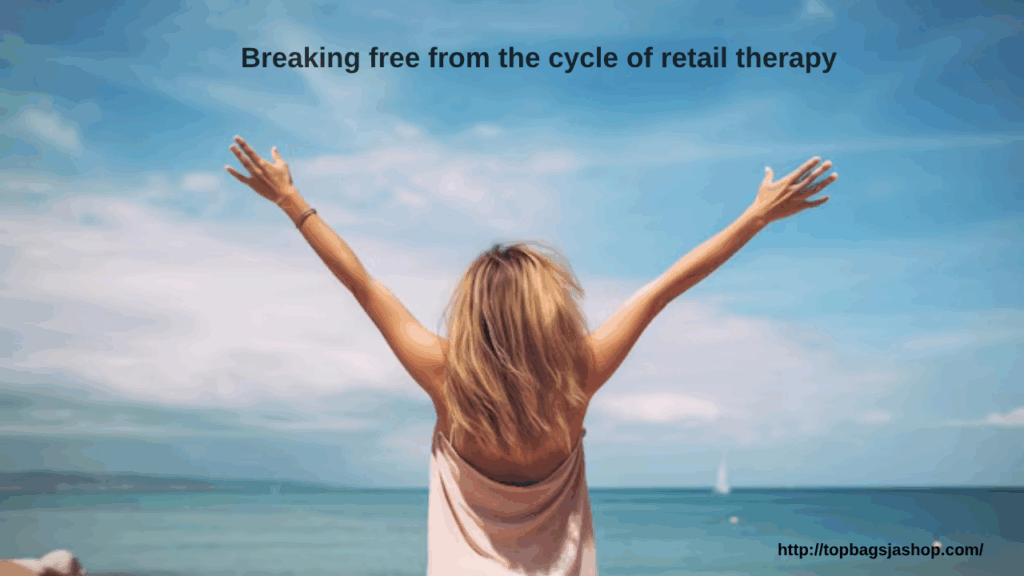
In today’s fast-paced and pressure-filled world, it’s easy to fall into the trap of emotional spending. When stress, sadness, boredom, or anxiety creeps in, the idea of “treating yourself” with a new outfit or gadget can be incredibly tempting. But what begins as a momentary relief can quickly spiral into a habit that strains your finances and leaves you feeling worse in the long run.
Emotional spending isn’t about buying what you need—it’s about trying to soothe emotions through material things. And while it may bring a short burst of happiness, it rarely solves the underlying issue. The good news? Emotional self-care doesn’t have to involve your credit card. There are powerful, affordable—often free—ways to take care of your well-being without falling into the spending spiral.
Understanding the Emotional Spending Cycle
Emotional spending is often triggered by feelings of stress, loneliness, insecurity, or fatigue. You might justify the purchase as a reward or distraction, convincing yourself it’s harmless. But once the novelty of the item wears off, those feelings return, often accompanied by guilt or financial regret. This can lead to even more spending as a way to escape, creating a cycle that’s hard to break.
Affordable Alternatives to Emotional Spending
If you’re ready to stop using shopping as a coping mechanism, here are healthy and budget-friendly ways to care for your emotional needs:
1. Go for a Walk
A change of scenery and fresh air can do wonders for your mental state. Walking, especially in nature, helps clear your mind, boost endorphins, and create space between you and the impulse to shop.
2. Journal Your Emotions
Sometimes, all you need is to get your thoughts out of your head and onto paper. Journaling helps you process emotions, recognize patterns, and reduce stress—no purchase necessary.
3. Practice Deep Breathing or Meditation
Mindfulness exercises like meditation and deep breathing calm your nervous system and improve emotional regulation. Just a few minutes can make you feel more grounded and in control.
4. Phone a Friend
Social connection is a powerful mood booster. Instead of reaching for your wallet, reach out to someone who understands and supports you. A simple chat can replace the need to buy something for comfort.
5. Create Something
Whether it’s drawing, cooking, writing, or playing music, creative expression allows you to channel your emotions into something meaningful and satisfying.
6. Make a List of Free Joys
Build a go-to list of simple pleasures that don’t cost a thing—like taking a hot shower, dancing to your favorite song, watching a sunset, or reading a good book.
Breaking the Pattern
To truly break the spending spiral, it helps to recognize what emotions trigger your desire to shop. Next time the urge hits, pause and ask yourself: What am I really feeling right now? What do I actually need? Often, the answer is rest, connection, or stress relief—not a new pair of shoes.
Conclusion
Retail therapy might offer a fleeting escape, but lasting peace comes from within. By prioritizing emotional self-care that doesn’t involve spending, you empower yourself to heal in a way that enriches—not empties—your life. Financial health and emotional well-being can go hand in hand, and it all starts with learning to care for yourself in more meaningful ways.
